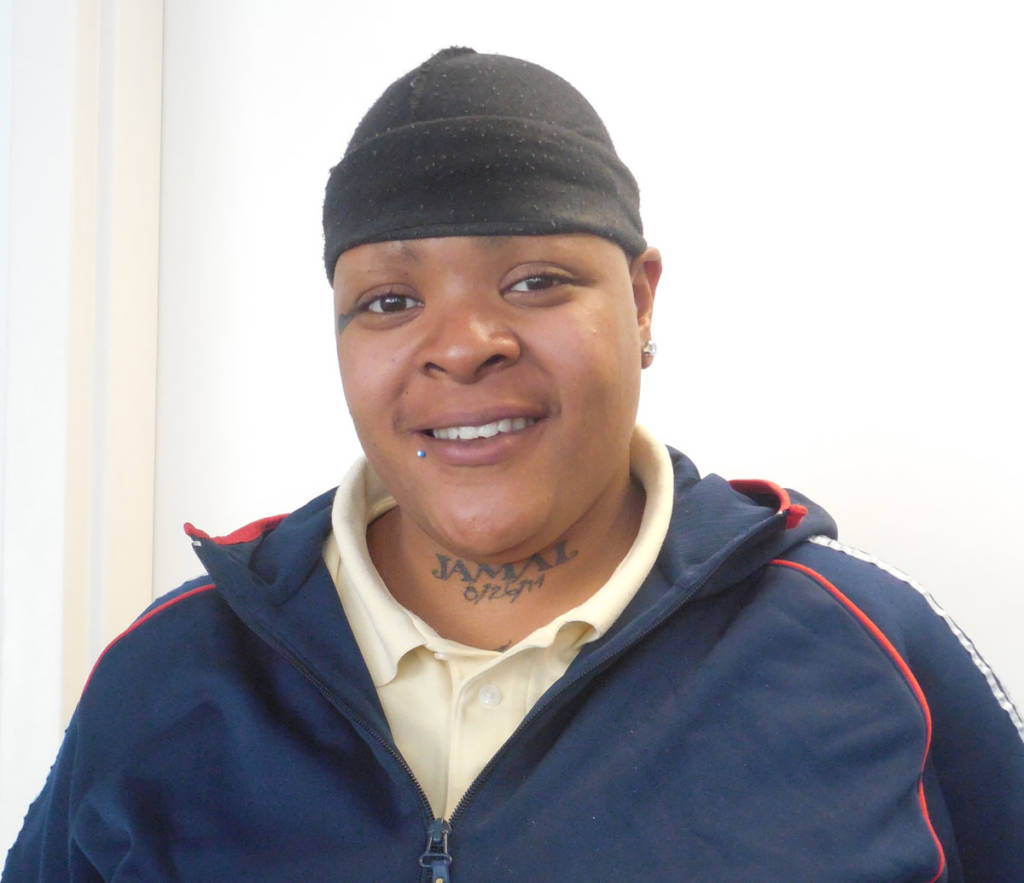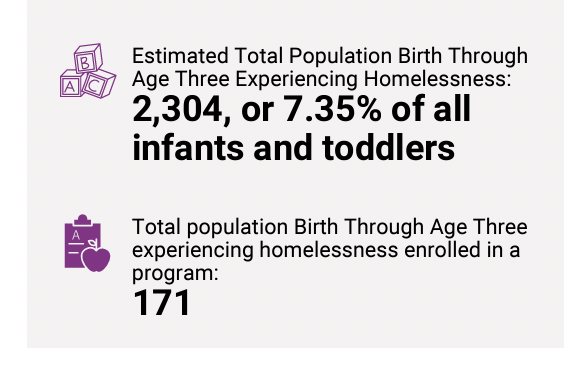Officially “aged-out” of the foster care system that had offered her a safety net of support for nine years, Shannon Mack packed her bags on the morning of her 21st birthday. Her social worker picked her up and helped her take her belongings to a shelter for LGBTQ youth, where they said their goodbyes.
“That was it,” Mack said. “It felt like I was re-entering foster care, into a strange family.”
An average of 160 youth aged out of the foster care system in the District each year between 2010 and 2014, according to reports from the Child and Family Services Agency (CFSA). According to a 2014 U.S.
Department of Housing and Urban Development (HUD) report, Housing for Youth Aging Out of Foster Care, between 11 percent and 37 percent of youth who age out of foster care experience homelessness; in addition, about 25-50 percent of youth are “precariously housed” when they leave the system.
Mack stayed at the Wanda Alston House for only five months. After a late-night hospital visit for her now 7-month-old son, staff members would not let Mack re-enter the shelter past the established curfew. Mack was asked to pack up her things the next morning. She was homeless.
The CFSA connects aged-out youth with after-care services that function as an extension of aid, according to Mindy Good, CFSA’s director of communications. Some of these services are provided by the Healthy Families/Thriving Communities Collaborative, which consists of five non-profit entities in the District that help youth find housing, connect with vocational training, look for jobs, manage their finances and attain counseling. Until the age of 24, aged-out youth may take advantage of these services.
Mack receives support from the Columbia Heights Collaborative, but she has not had the same case manager through her time there. She told Street Sense that she felt she couldn’t get to know her case managers and was unable build trust with them. Mack said that after she testified at the CFSA performance oversight hearing in February, her current case worker—the third she has had since aging out in June—has helped her more.
After couch surfing at her ex-girlfriend’s house and staying with friends from time to time, Mack was able to find temporary, 90 day housing at Covenant House in early February. Her time there has already expired. She said Covenant House has allowed her to stay longer as she prepares for entering Job Corps, but she is unsure how long the process to reach that goal will take.
“I feel like I’m constantly being reminded that my 90 days have been up. I feel like I’m being pushed away, but I really don’t have a plan b,” Mack said. “If I leave the Covenant House, I really have nowhere.”
Good told Street Sense that CFSA starts preparing foster youth to transition out of care “by the time they’re 18,” but she feels they should start even earlier. The transition plans include connecting youth with a Collaborative as well as making sure each youth has “one meaningful adult connection outside of the system that they can turn to.” For Mack, the transitional planning has not been enough.
When she aged-out, Mack did not have a connection with any adult outside of the system. She said that though CFSA provided her with transitional planning, she feels as if they could have been more supportive in providing more guidance for her.
“I needed help on things like saving money and real job readiness,” Mack said, explaining that she has never had a real job before coming to the Young Women’s Project. “Some people who age out of foster care still look back on their past. Counselors, when we age out, will be helpful.”
Mack connected with the Young Women’s Project during her stay at a group home during her time in foster care. She applied to its Foster Care Campaign, where she has been working part time since January 2013. Through the Foster Care Campaign she advocates for foster care, youth who are in the process of aging out and homeless youth.
“Our main focus is to work on a youth transition center. It would be like a drop-in center. It will basically have entertainment, GED classes and counselors. It will help you find a job and will have organizations that hire and come out and speak with some of the youth there,” explained Mack. She feels that she understands the needs and emotions of youth aging out of foster care and hopes to help those who are in similar situations.
Mack said that Covenant House is the only transitional housing that she knows of that caters to the needs of aged-out youth. In 2014, Covenant House served 53 youths who had reported aging out of the system, according to Tamara Johnson, the director of marketing and communications of Covenant House Washington. Johnson stated that many youth who use the Covenant House’s housing options also use their GED programs and career services.
Despite the help she received while being in the foster care system, Mack described her years in the system as unstable. When the agency needed to switch her placement, Mack said they asked her “to sleep at a bus station overnight and call them the next day.” She recalled running away from her foster home when she was placed there because she didn’t feel comfortable with a new guardian.
Mack hopes that as she works at the Foster Care Campaign and continues to share her story, others will learn about the realities that those who are aging out of the foster system face. She said service providers need to understand that those who have aged out are “trying to build on our future, but it can be hard when we have a past.”








